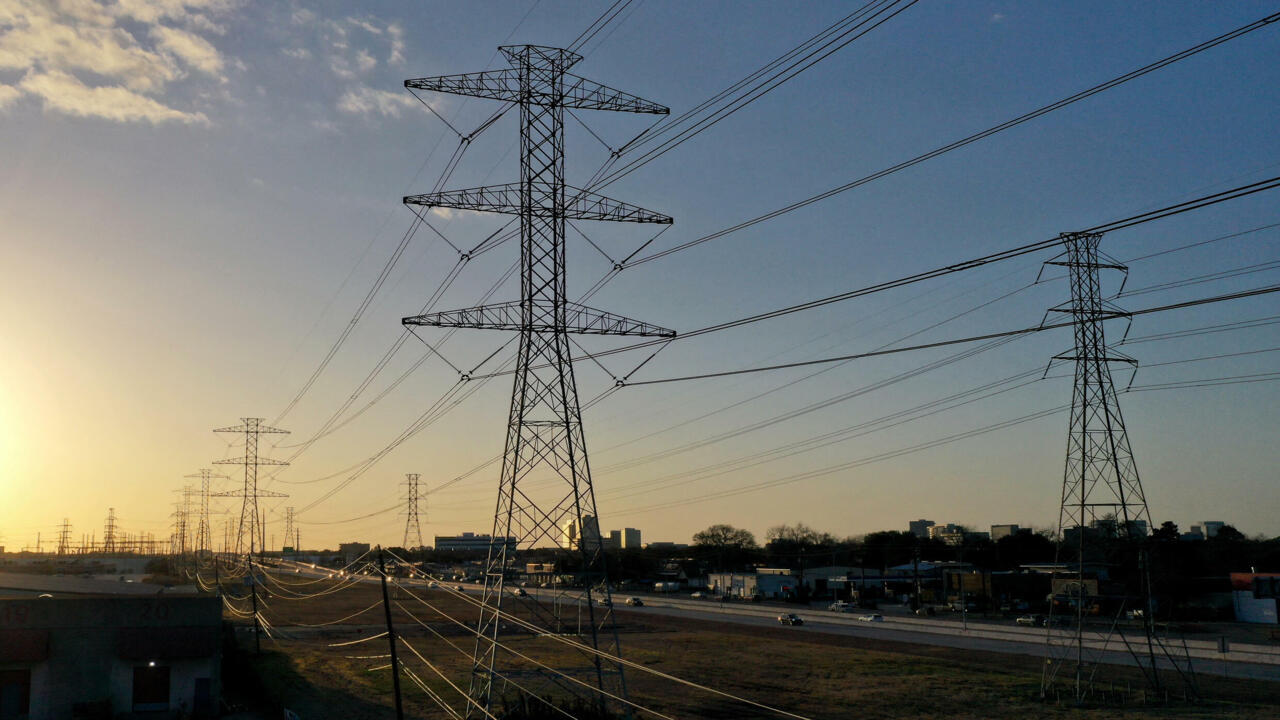
Study links Texas winter freeze, power outages to polar vortex

Issued on:
Warming of the Arctic caused by climate change has increased the number of polar vortex outbreaks, when frigid air from the far north bathes the central and eastern United States in killer cold, a study finds.
The study in the journal Science Thursday is the first to show the connections between changes in the polar region and February’s Valentine’s Week freeze that triggered widespread power outages in Texas, killing more than 170 people and causing at least $20 billion in damage.
The polar vortex normally keeps icy air trapped in the Arctic. But warmer air weakens the vortex, allowing it to stretch and wander south. The number of times it has weakened per year has more than doubled since the early 1980s, said study lead author Judah Cohen, a winter storm expert for Atmospheric Environmental Research, a commercial firm outside of Boston.
“It is counterintuitive that a rapidly warming Arctic can lead to an increase in extreme cold in a place as far south as Texas, but the lesson from our analysis is to expect the unexpected with climate change,” Cohen said.
Climate scientists are still debating how and whether global warming is affecting cold snaps – they know it’s reducing the overall number of cold days, but they are still trying to understand if it leads to deeper cold snaps.
Cohen’s study is the first to use measurements of changes in the atmosphere to help explain a phenomenon that climate models had struggled to account for.
Cohen’s study “provides a potentially simpler interpretation of what’s going on,” said Pennsylvania State University climate scientist Michael Mann, who wasn’t part of the study.
Cohen was able to show how there have been dramatic differences in warming inside the Arctic itself, which drives how the polar vortex can stretch and weaken.
When the area north of England and around Scandinavia warms more than the area around Siberia, it stretches the polar vortex eastward and the cold air moves from Siberia north over the polar region and then south into the central and eastern part of the United States.
“The Texas cold blast of February 2021 is a poster child” for the link between a changing Arctic and cold blasts in lower latitudes, said climate scientist Jennifer Francis of the Woodwell Climate Research Center on Cape Cod. She helped pioneer the Arctic link theory, but wasn’t part of Cohen’s research. “The study takes this controversial hypothesized linkage and moves it solidly toward accepted science,” she said.
(AP)
Stay connected with us on social media platform for instant update click here to join our Twitter, & Facebook
We are now on Telegram. Click here to join our channel (@TechiUpdate) and stay updated with the latest Technology headlines.
For all the latest Health News Click Here
For the latest news and updates, follow us on Google News.

